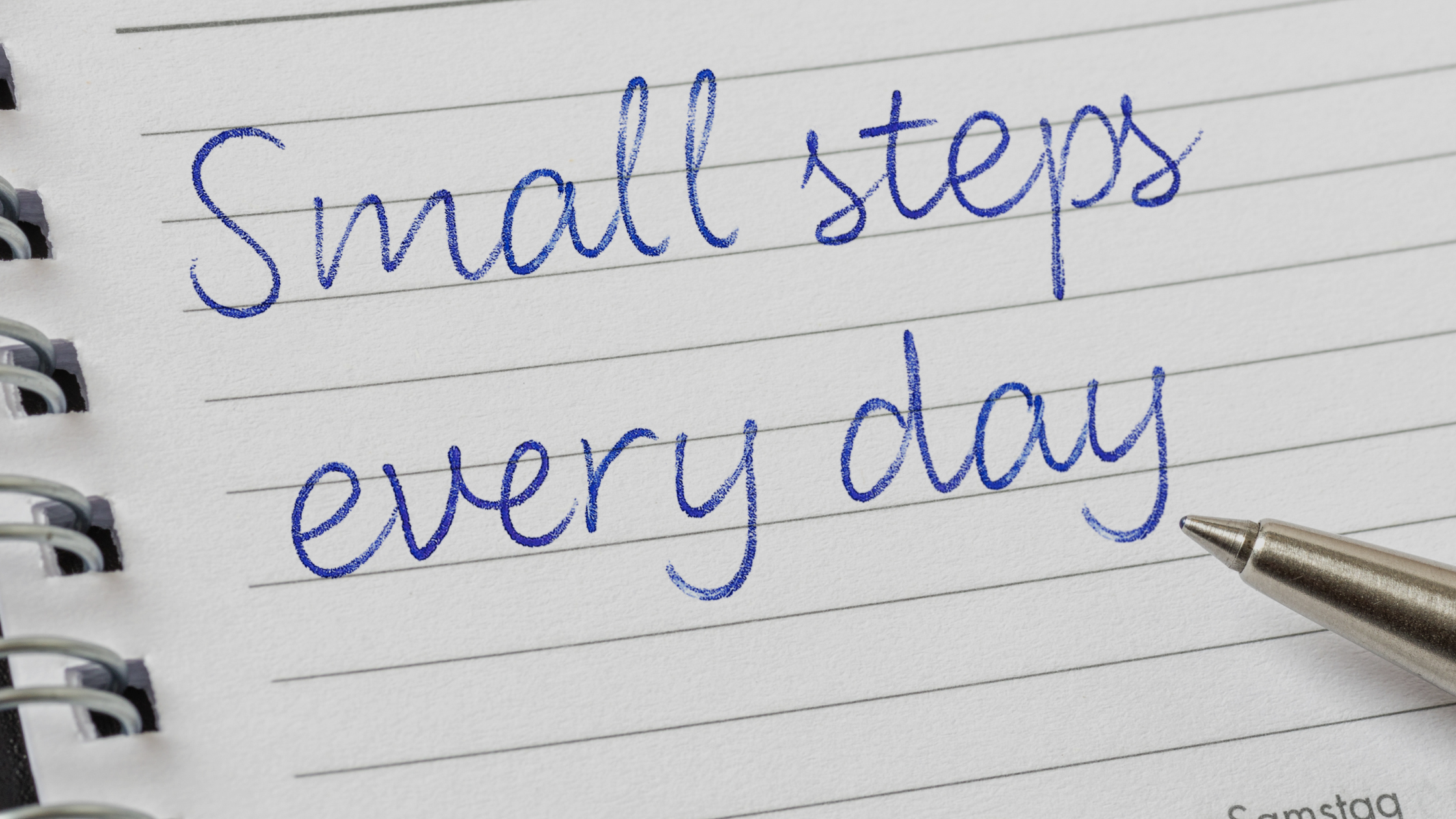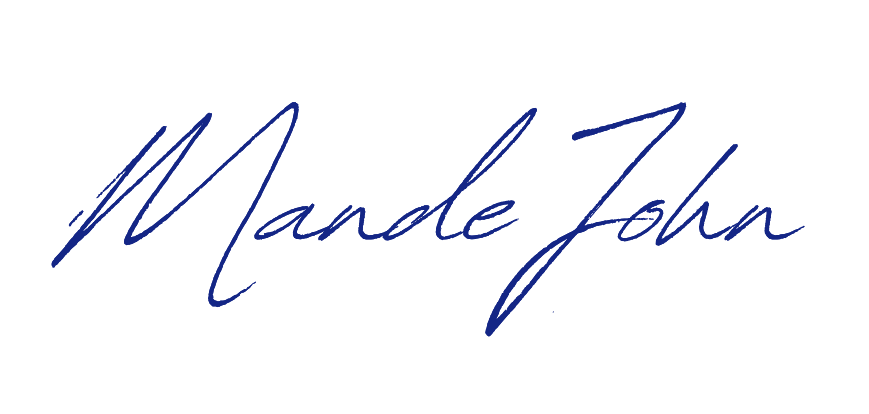Have you ever felt like you’re working so hard but nothing’s changing? That’s one of the most frustrating parts of ADHD, right?
The truth is, every single choice you make is either moving you toward success or toward failure. And while it’s easy to say “I’ll just skip today,” those little steps add up. In fact, only 5% of people actually reach their goals.
That’s why Jeff Olson’s book “The Slight Edge” can change the way you look at success, especially if you’re living with ADHD.
Why The Slight Edge Philosophy Works for ADHD Brains
If you have ADHD, your brain craves novelty and quick wins. But Olson reminds us that it’s the boring, repetitive little things we avoid that actually create success.
Here’s why this book is perfect for ADHD adults:
1. It Reframes Time as Your Ally
With ADHD, time blindness is real. This book shows how even the tiniest actions add up if you repeat them. Time becomes your partner, not your enemy.
2. It Defeats All-or-Nothing Thinking
If you’ve ever believed “If I can’t do the whole thing, I might as well not start,” this philosophy proves small steps are enough. You don’t need perfection—you need consistency.
3. It Works With Your Brain, Not Against It
The slight edge isn’t about one big breakthrough. It’s about small, consistent actions repeated over time. Every choice moves you closer to success or failure, even when results feel invisible.
The Core Principle: Simple Doesn’t Mean Easy
The habits that create success are surprisingly simple:
- Saving a little money
- Drinking some water
- Reading a few pages
- Taking a short walk
But because the payoff isn’t instant, they’re not easy to do. And if your brain craves quick gratification like most ADHD brains do, trusting this invisible process is a game changer.
It’s not luck—it’s patterns. Each decision either works for you or against you. With ADHD impulsivity, it’s easy to underestimate how much those little “I’ll just skip it” moments add up.
Real-World Application: My Fitness Journey
I’m in the third week of my fitness journey right now. My commitment isn’t glamorous:
- Show up
- Weight train
- Get my steps in
- Drink water
- Get sleep on time
- Eat the protein I need
It may not look like much today, but I know it’s adding up to something bigger. When I feel stuck or overwhelmed, I ask myself one question: “How can I make today slightly better than yesterday?”
That little shift keeps me moving forward. And those tiny moves always add up.
The Steve Martin Story: Mastering the Mundane
In the book, Olson shares how teenage Steve Martin couldn’t act, wasn’t funny, and wanted to play banjo but wasn’t very good. His solution? He practiced the boring things every single day:
- One-liners
- Magic tricks
- Yes, the banjo
He gave himself 40 years to learn it. Forty years! That perspective changed his life. Over time, those mundane repetitions turned him into one of the biggest names in comedy.
That’s what mastering the mundane looks like.
The Science Behind Small Steps
The book reminds us to keep learning. Reading just 10 pages a day or listening to 15 minutes of something inspiring can completely change how you think. When you repeat it enough, it shifts from your conscious brain to your subconscious where habits live—and that’s when they become automatic.
The science backs this up. Every time you repeat a small action, you strengthen the neural pathway. Your brain is literally rewiring itself. The old saying “You can’t teach an old dog new tricks” is simply not true anymore. Neuroplasticity proves we can form new habits at any age.
Why This Matters More for ADHD
Our brains don’t regulate dopamine consistently. That’s why waiting for long-term rewards is harder for us. But small daily wins—checking a box, finishing a micro-habit—give the dopamine boost that keeps us moving forward.
This is exactly why Olson’s philosophy works so well with ADHD brains.
The Seven Success Habits
Olson shares seven habits that create success:
- Show up
- Be consistent
- Stay positive
- Commit for the long haul
- Cultivate deep desire
- Be willing to pay the price
- Practice integrity (even when no one’s watching)
Don’t try to do them all. Just pick one. Practice it imperfectly, but consistently.
Making Goals Tangible
Olson also says: “Dream it. Write it down. Make a plan.”
- Write your goals where you can see them
- Revisit them every day
- Give them a deadline
As Napoleon Hill said, “A goal is a dream with a deadline.”
For ADHD, writing things down is everything. Post-its, vision boards, phone widgets—those external reminders turn vague wishes into real momentum.
ADHD-Specific Strategies
Here’s what I’d add for those of us with ADHD:
1. Emotional Regulation
We often give up when results aren’t visible. This book teaches us to trust the invisible process, even when our emotions say otherwise.
2. Recovery and Rest
We tend to push hard and then crash hard. But choosing rest is also a slight edge decision. Going to bed instead of staying up for one more show is progress.
3. Environment Design
Consistency doesn’t happen from willpower. We need:
- Scaffolding
- Reminders
- Visual cues
- Accountability
That’s what keeps us moving.
Why You’ll Love This Book
The Slight Edge:
- Removes pressure to be instantly perfect
- Validates that boring equals powerful
- Gives permission to start small and stay messy
- Lets time do the work
- Reframes success as consistency, not intensity
That’s such a relief when you’ve spent years chasing quick fixes.
Your ADHD Takeaways
- Break habits into micro-steps so they actually feel doable
- Don’t measure progress by today’s results—measure it by consistency
- Surround yourself with people moving toward success because environment matters
- Trust that time is compounding your efforts, even when you can’t see it
Your Next Action Step
Pick one thing so small it feels almost silly:
- Drink one more glass of water
- Read two pages
- Write one sentence about your dream
- Take a 5-minute walk
Then repeat it tomorrow. That’s how the slight edge works. It’s invisible at first, but over time, it’s unstoppable.
The Hard Truth About Consistency
I know some of you are thinking: “Consistency is so hard for me.”
Yes, it’s hard for all of us with ADHD. And when it’s hard at first, you’re right on track. It’s always hard at first. But I’ve built so many consistent habits in my life that I thought I could never build. And I know you can too.
Every small choice is either moving you toward the person you want to be or away from it. The slight edge is about trusting the process, even when—especially when—you can’t see the results yet.
What’s one tiny habit you could start today? Share in the comments—let’s support each other in building our slight edges.
Want more ADHD strategies? Send your questions to speakpipe.com/learntothrivewithadhd



